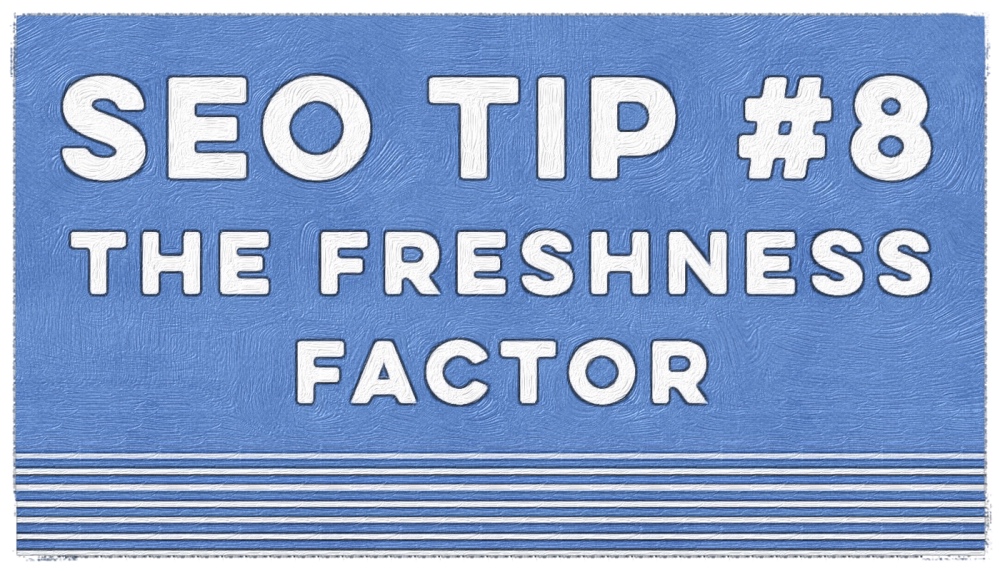 Imagine, for a moment, that you go to the store for a nice fresh loaf of artisan bread to go along with your dinner. When you get to the bread section, the shelves are empty, except for one old, hard loaf that would break your teeth if you attempted to bite into it.
Imagine, for a moment, that you go to the store for a nice fresh loaf of artisan bread to go along with your dinner. When you get to the bread section, the shelves are empty, except for one old, hard loaf that would break your teeth if you attempted to bite into it.
What would you do? If you had to have the bread with dinner?
You’d probably go to another store to get fresh bread.
Your website is kind of the same — especially when it comes to how Google judges it.
In this case, instead of fresh bread Google is looking for fresh content.
Since it’s a critical element of SEO, let’s take a look at what fresh content is, as well as how to most effectively implement it into your website …
The Freshness Factor …
Fresh content is an important factor in how well your website ranks in natural search results on Google. But it’s important to know exactly WHERE to add this fresh content.
Some SEO and web design firms will suggest adding fresh content to your homepage and subpages on a monthly basis. If someone suggests this to you, or even worse wants to put you on a monthly retainer to keep your content fresh in this manner … smile, say thanks for the advice, and RUN! This is not the way you want to add fresh content to your site. For more on this, check out, The Freshness Factor: The Right Way to Freshen Your Website Content.
Create Fresh Content on Your Blog
Using your blog to generate fresh content for Google — and your viewers — is a most excellent choice.
Why? Because every time you publish a blog post, Google’s algorithm gets excited and says, “oooh, fresh content,” and gives you a little bump in website authority.
In case you’re wondering, adding a minimum of one blog post per week can do wonders for your “freshness factor.” Two is better than one and three is a game changer (in most cases), but once a week will give you enough traction to actually make a difference.